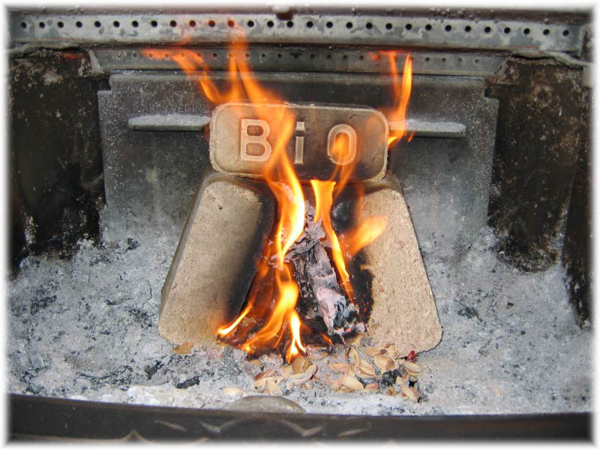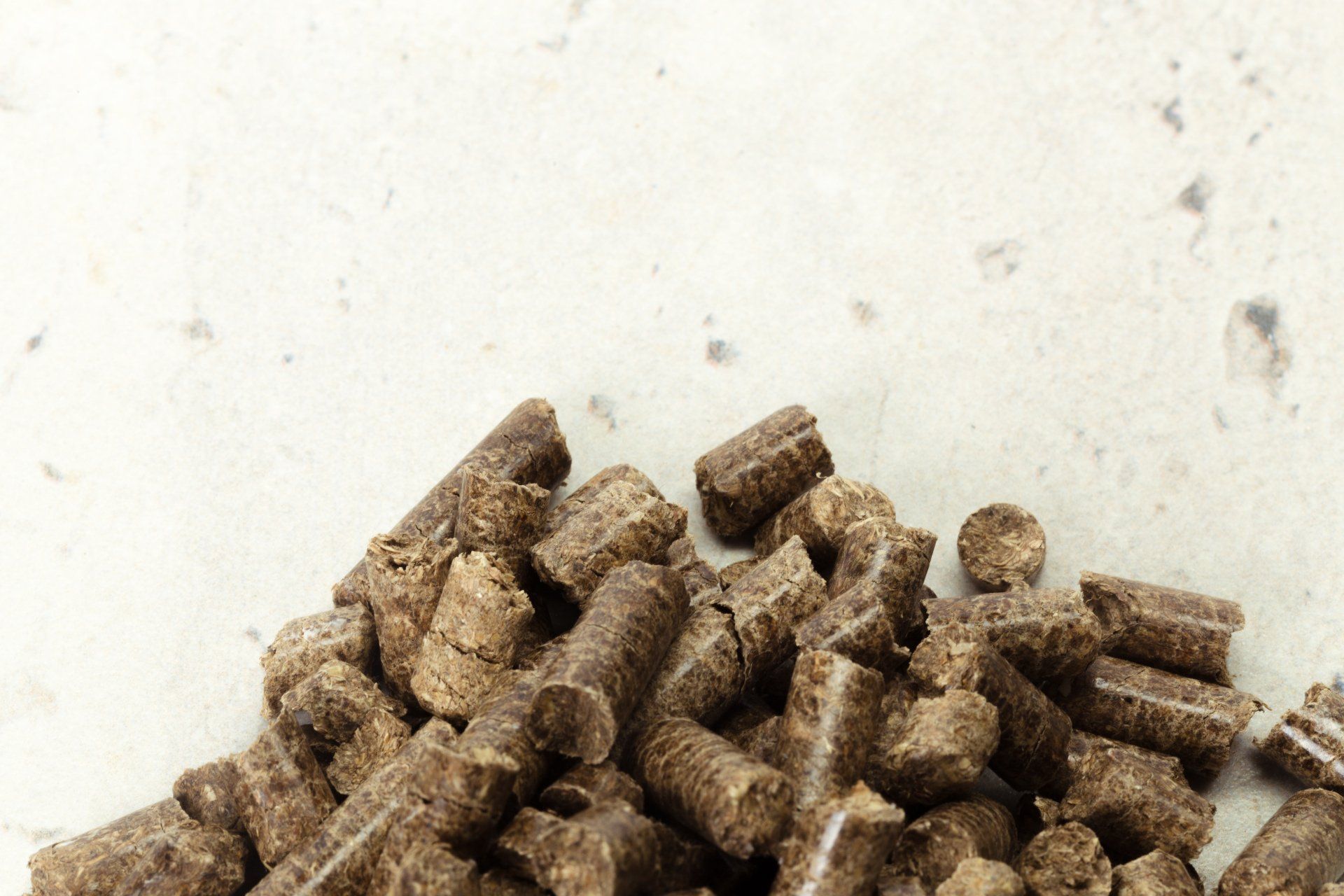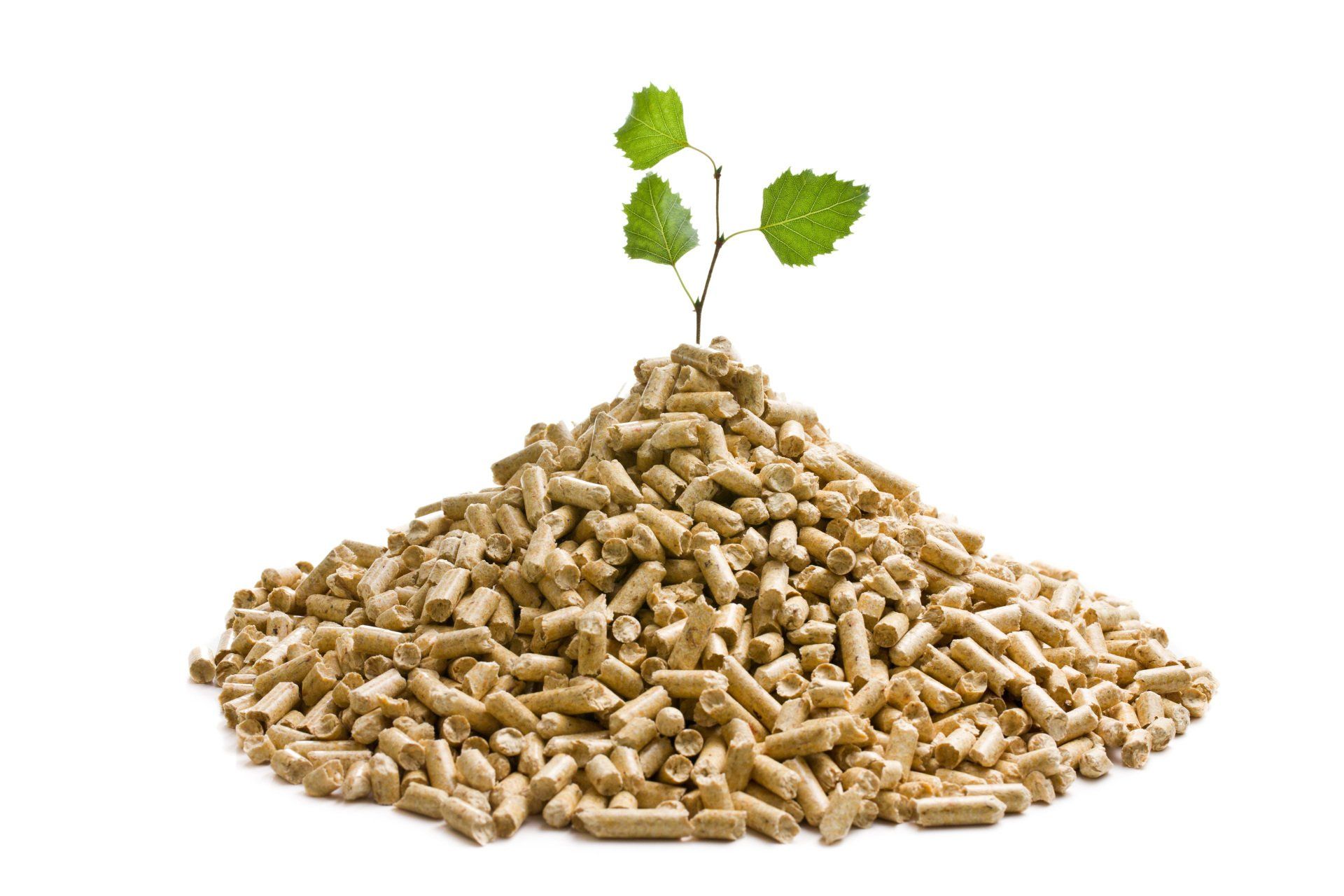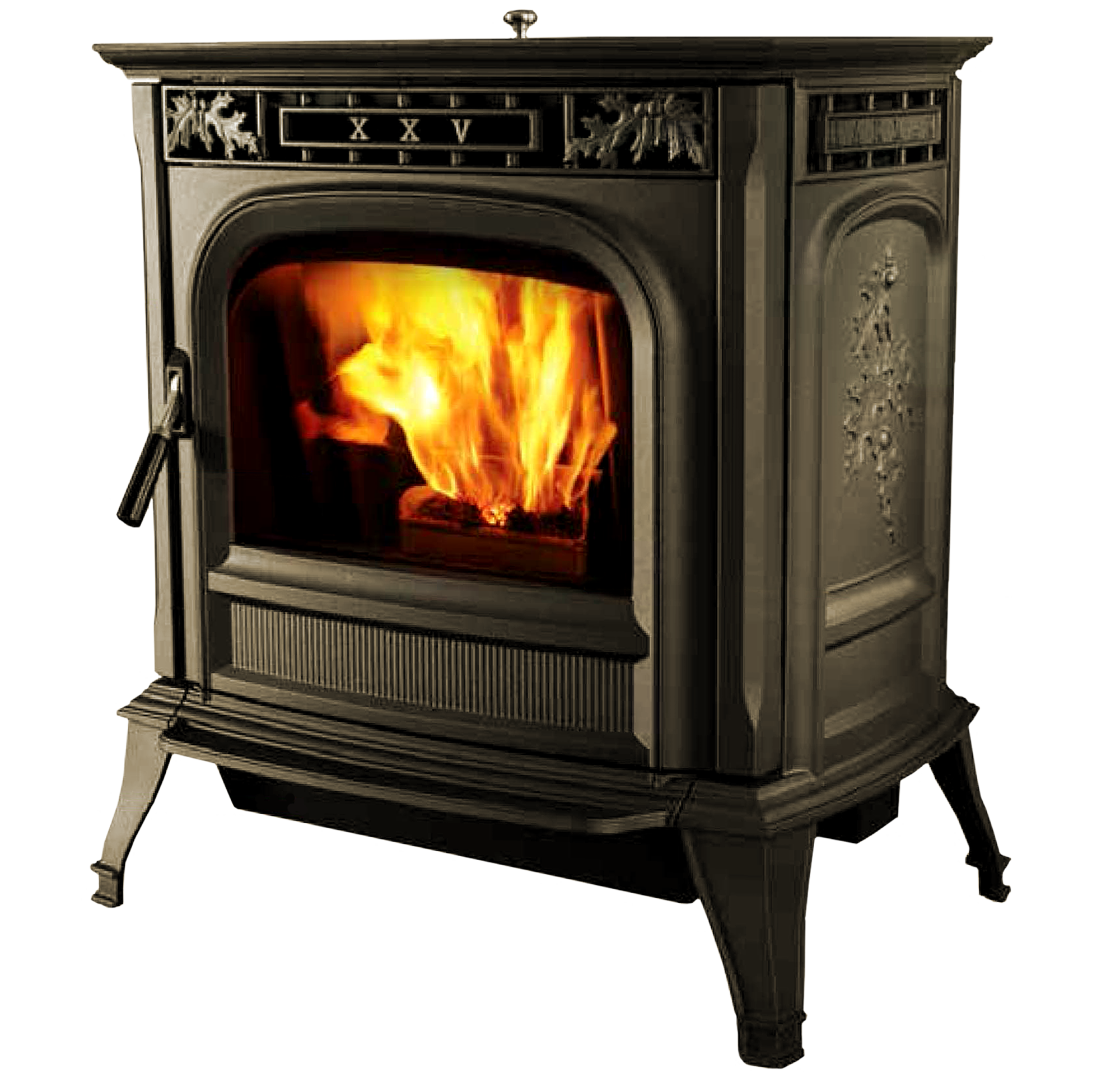Comparison Guide: Wood Stoves vs. Pellet Stoves Part 1
Comparing Pellet Stoves vs Wood Stoves: Part 1
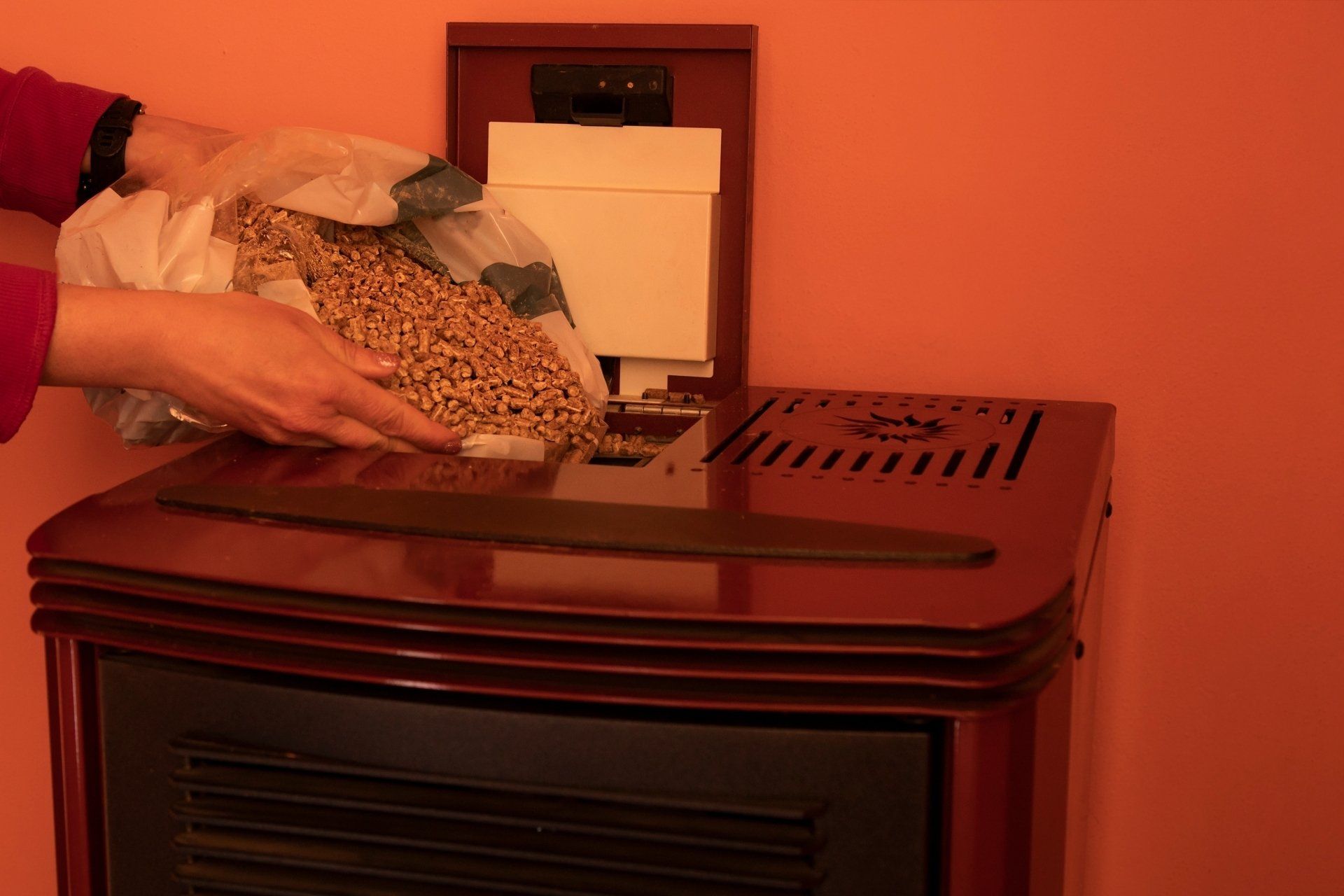
You're not the only one who has chosen to utilize a wood fire to heat your home in addition to your primary heating source and cut down on your overall heating expenses. Although there are more options for wood-burning stoves and the types of wood fuel you may use to heat your home, many people are returning to the fundamentals when it comes to home heating.
Firewood and wood pellets are the two fuel options for wood-burning stoves. There is, of course, the conventional wood-burning fireplace, but this is really the beginning of the alternatives when it comes to wood fuel. The pellet stove is a whole different animal from the conventional wood heater or fireplace. Before making a purchase decision, you should consider certain crucial comparisons.
Differences Between Wood Heat and Pellets
Both kinds of stoves generate cozy dry radiant heat. To keep the temperature steady, a wood stove fire must be maintained. A pellet stove can be thermostatically controlled and works when the hopper is full of fuel, or pellets.
There are also significant variances in how firewood and pellets are stored and transported to the stove. Normally, firewood is kept outside, whether it is covered or not; if necessary, it can be brought inside in smaller batches to make the process simpler. Pellets, which are typically created from recycled wood waste, must be stored in a dry area like a shed, garage, or interior room of a home. The 40-pound bags that pellets come in may be difficult to transport to the stove.
Key Features of Both:
Wood Heat
Thanks to modern EPA-certified models, wood heat stoves in use today are safer and more effective than earlier ones. The most recent stoves will only produce 2 grams of smoke per hour, compared to the Environmental Protection Agency's requirement that wood stoves produce no more than 4.5 grams. 1 Up to 30 grams of smoke were emitted each hour by older stoves.
The internal architecture of the appliance, which determines whether it is a less complex non-catalytic (less internal combustion) or a more complex catalytic (more combustion to burn off more smoke before venting) stove, controls the emission limitations for wood heat stoves. Both types of stoves are safe.
Pellet stove
A pellet stove has a combustion chamber that receives the pellets from the hopper but does not have a non-catalytic or catalytic interior. To maintain a constant and cozy temperature, it may also contain a programmable thermostat and auto-ignition feature.
Appearance:
Wood Heat
It can come down to the stove itself when deciding between wood and pellet. Fireplaces, fireplace inserts, wood cookstoves, and box heat stoves are all types of wood heat stoves that come in both insert and free-standing variants, with or without doors.
Pellet stove
The early pellet stoves that were available were boxy and more like plain, ugly wood burners. However, because of improvements in their designs, it is frequently impossible for the general consumer to distinguish them from a wood-burning heat stove. There are insert and freestanding variants of pellet stoves that come with or without a viewing window.
Sizes
It's crucial to pick a stove that is the right size for the area you want to heat. If your wood heater or pellet stove is too big for the room, you'll have to operate it at a low smolder to prevent the room from getting too hot. The chill will not be reduced by a stove that is too tiny.
A stove with a 42,000 BTu rating, which is a general measurement of heat production, can generally heat an area that is 1,300 square feet. A 2,000 square foot home may be heated by a stove with a 60,000 BTU rating. 2
The heating capacity of pellet burners ranges from 8,000 to 90,000 BTu per hour, making them perfect for smaller households.
CONTACT US
Mailing Address:
PO Box 5191
North Jay, ME 04262
Email: info@pelletsnow.com
Phone: 802.748.0827
Toll Free: 800.564.9928
